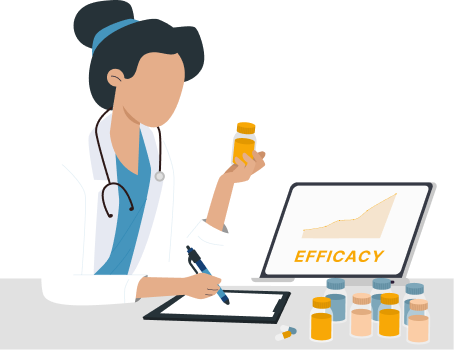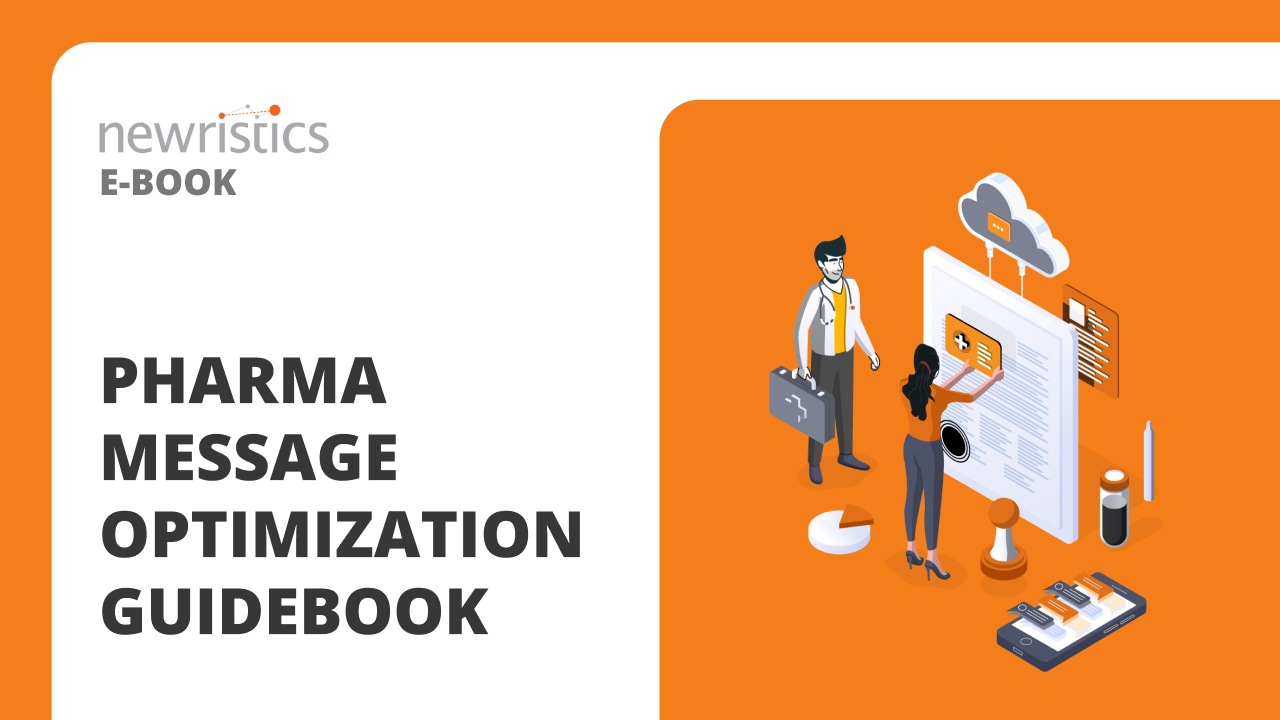What is Focusing Effect?
Do you ever miss the forest for the trees? Most people, even well-trained detail-oriented doctors, do. Sometimes we concentrate too much on a single detail, causing us to overlook other details that can be useful for constructing a more holistic understanding of something. For example, a doctor may place such a high degree of importance on the 1-year survival rate of a new cancer drug without considering other measures indicating the quality of life during that year's extension.
Focusing Effect removes the rationality that allows people to weigh all aspects of the decision proportionately and instead causes them to focus on a single part of it disproportionately, preventing them from making a choice that is well-informed and thoughtful. We use the Focusing Effect in all facets of life, causing us to overvalue some parts and undervalue others.
 Blog posts
Blog posts Newristics
Newristics
 07 October 2019
07 October 2019

 Back
Back Share
Share







 Whitepapers
Whitepapers

 E-books
E-books

 Video
Video



